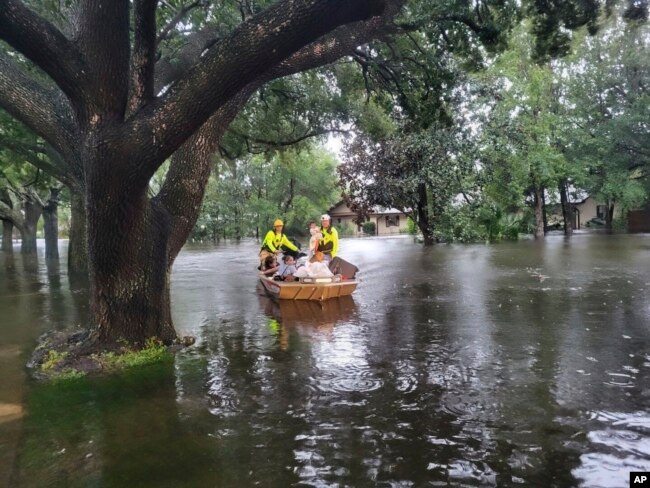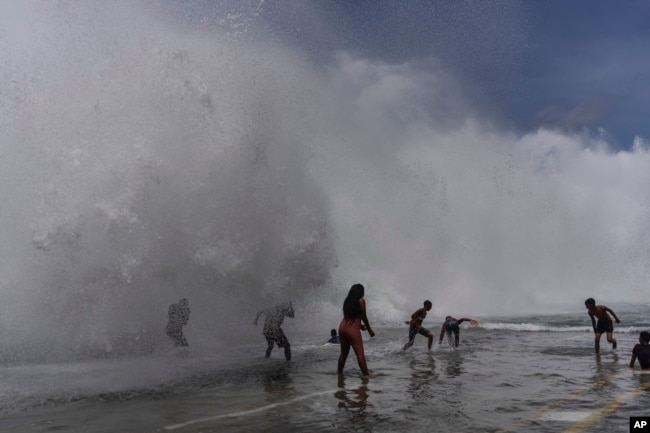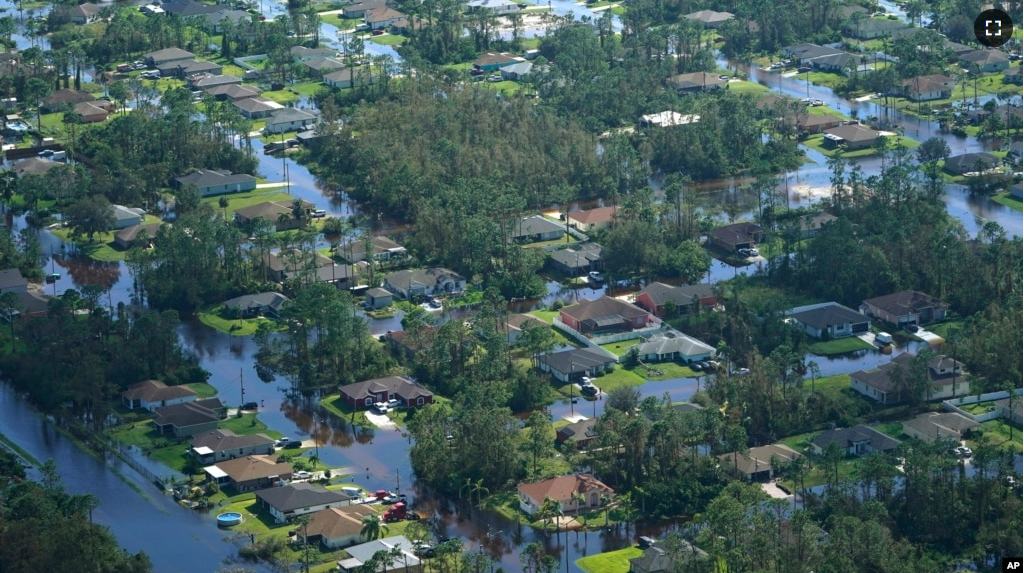Hurricane Ian is heading toward the American state of South Carolina. The powerful ocean storm has already left behind a path of destruction, from Florida to the island nation of Cuba.
In Cuba, the hurricane knocked out electricity across the whole island on Tuesday. Two days later, only 10 percent of power in the capital city of Havana was repaired. Officials said at least three people died from the storm. Officials still do not know the full extent of the damage.
The hurricane became even stronger as it traveled across the warm waters of the Gulf of Mexico toward Florida. There, the storm destroyed properties, trapped people in flooded areas and knocked out power to 2.6 million homes and businesses.
At least six people in the state died from the storm. U.S. President Joe Biden said Thursday that Ian may be the “deadliest hurricane in Florida’s history.”

Climate change added more rain
Immediately after the storm, scientists released a study saying that climate change might have added at least 10 percent more rain to the hurricane.
The study compared actual rainfall during Hurricane Ian to 20 different computer models of storms that are similar in size and strength. The models were created in an environment with no human-caused climate change.
“The real storm was 10 percent wetter than the storm that might have been,” said Michael Wehner of Lawrence Berkeley National Lab. The climate scientist is the study’s co-writer.
The latest study has not yet been examined by outside scientists.
Wehner and atmospheric scientist Kevin Reed published a study in Nature Communications earlier this year looking at the hurricanes of 2020. They found that during the hurricanes’ rainiest three-hour periods, they were more than 10 percent wetter than in a world without greenhouse gases trapping heat. Wehner and Reed applied the same scientifically accepted method to study Hurricane Ian.

A long-time rule of physics is that for every extra degree Celsius of warmth, the air in the atmosphere can hold 7 percent more water. This week the Gulf of Mexico was 0.8 degrees warmer than normal, which should have meant about 5 percent more rain.
The study found Ian dropped two times the expected amount, or 10 percent more rain in Florida. Reed said 10 percent may not sound like a lot. But that 10 percent means an additional 5 centimeters of rain fell in addition to the 50 centimeters that came down in Florida.
Kerry Emanuel is a hurricane researcher from the Massachusetts Institute of Technology. He said that, in general, a warmer world does make storms rainier. But he said he wants to avoid coming to conclusions about individual storms.
“This business above very, very heavy rain is something we’ve expected to see because of climate change,” Emanuel said. “We’ll see more storms like Ian.”
I’m Dorothy Gundy.
Seth Borenstein reported this story for The Associated Press. Hai Do adapted the story for Learning English.
_______________________________________________________________________
Words in This Story
knock out – v. to make useless
extent – n. used to indicate the degree to which something happens
